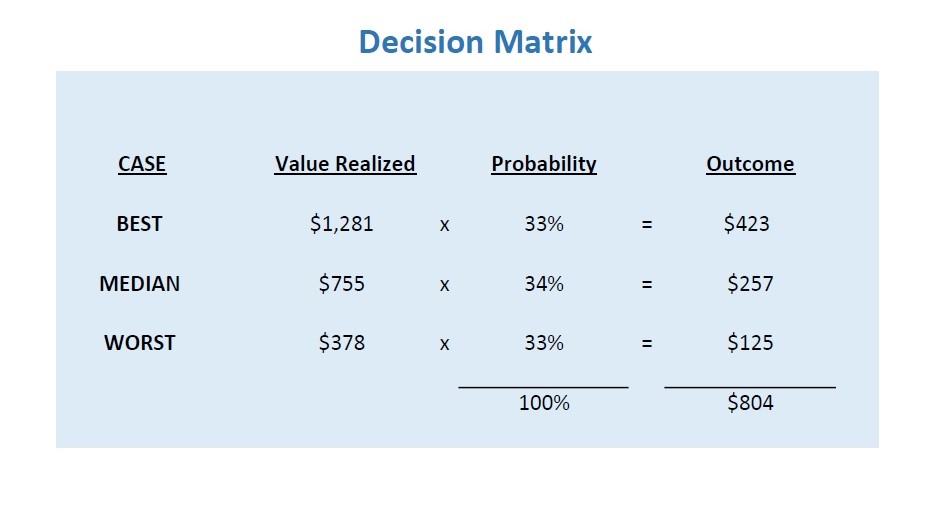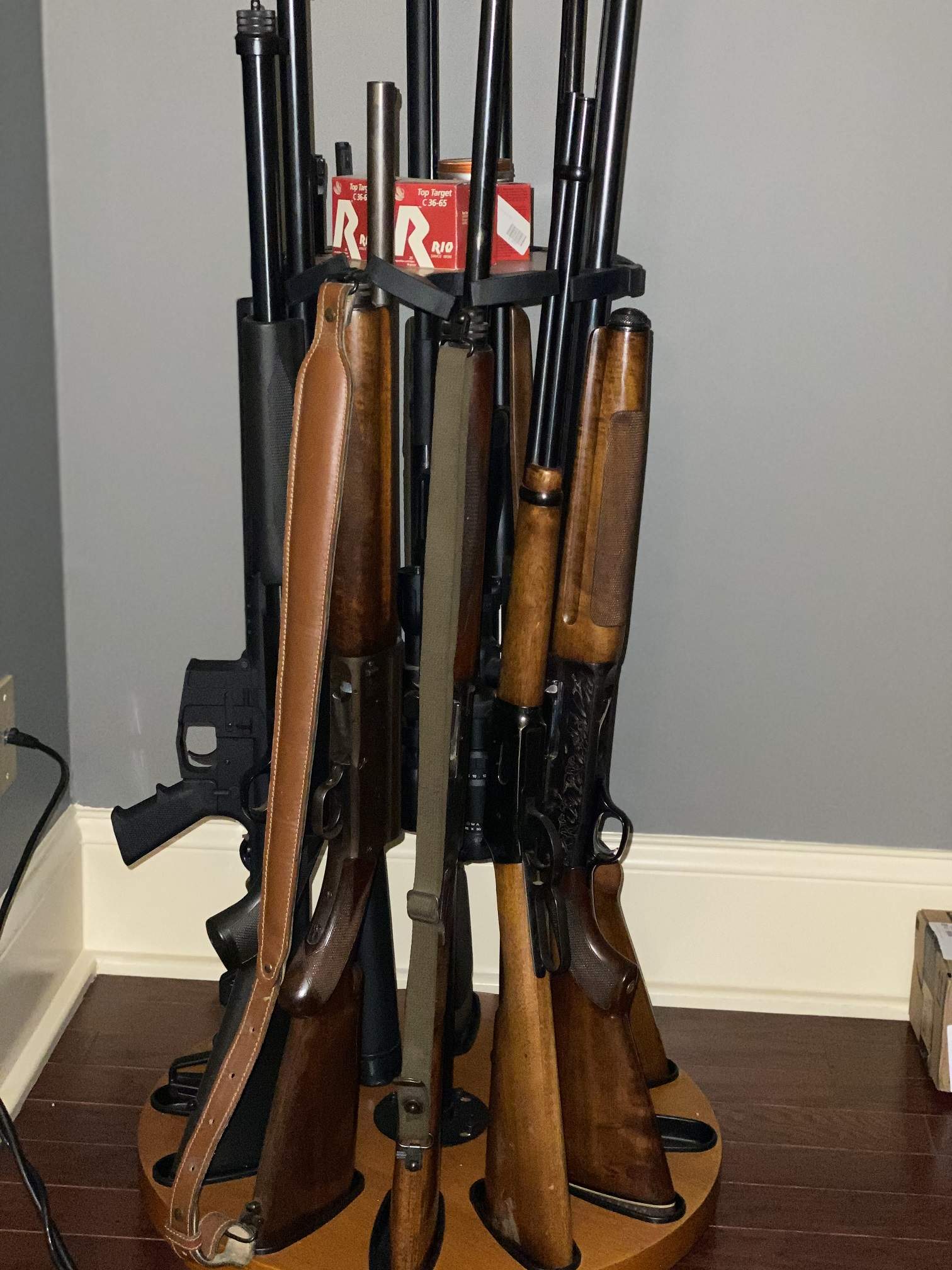What this Old Gun Collector did When the Time Came to Downsize
With age, there comes a time when you reevaluate certain things in your life. My wife and I were recently updating our wills when it occurred to me that my gun collection would likely be a burden to her in the event that something happened to me. In fact, I had guns stored in places that likely would not be discovered for a long time. It was right then that I decided that some house cleaning was in order.
The options available to me appeared to be very clear; I could sell them, give them away or do nothing and leave it to her to deal with. Like a lot of men that I've known over the years, that third option of doing nothing right now and delaying the inevitable was quite appealing. I could leave specific instructions on what to do, or hey, I could even create a Trust, put the gun collection in the Trust, dictate what would happen and really create a complicated and costly mess, not just for my wife but for as many family members and others, like my accountant and attorney that I wanted to involve. I did not like that thought at all.
When I was in business school at college, one of the things I learned that has been useful throughout my career was how to use a Decision Matrix.
It’s a simple tool really. First you quantify three possible outcomes that represent a best possible outcome, a median outcome and a worst case outcome. Then you estimate the liklihood that each of those outcomes would be the result if you take the intended course of action. If the average of those estimated outcomes is satisfactory, the plan is a "Go" and you proceed with the action plan. On the other hand, if the average of those estimated outcomes is not satisfactory, the planned action is a "No Go."

What did I think would happen if my wife liquidated the guns?
First, I looked at my records to see what the average cost of the guns were. The Average Cost was $755 per gun. I had to double check that because I thought it was surprisingly low. Then I looked at the average Fair Market Value I had last estimated in my records. The Average Fair Market Value per gun was $1,281.
Then I set the Average FMV as the best case scenario of her selling a gun for what it was actually worth. I set the median value to consider that she would sell a gun for what I had originally paid for it. For the Worst Case Scenario I assumed that she might sell a gun for as little as one-half what I had originally paid for that particular gun (what a dealer might offer).
After quantifying the Best, Median and Worst Cases I assigned a probability or liklihood that my wife would realize each of those values. It is important to note that the Sum Total of the three probabilities must equal 100%. In my estimate I assumed that my wife would be equally as likely to get FMV, Cost or a 50% Loss in an orderly but fairly quick (30 days) liquidation. The result of $804 less 10% liquidation cost of $80 equals $724, which would be a 4% overall loss. I decided NOT to leave the liquidating to her. Well, not entirely.
Don't Get Me Wrong - My plan is to remain active in gun collecting and keep the Gun Blog going for a long time to come. Going forward I hope to keep the number of guns limited to two dozen. A dozen handguns and a dozen long guns. And I'm promising myself that I will stick to my original rule, No Safe Queens.
Maintaining a limit of six revolvers, six semi-automatics, six rifles and six shotguns will be challenging. But it also offers an opportunity to attempt to upgrade in every category while not taking one step forward and two steps back. In the future, expect to see more articles, photos and videos about shooting these old guns.
It was a surprise health issue that got my attention, part of growing older. And when I first began contemplating reducing the number of guns in a gun collection I wrote this blog article.

In the end, I decided to do some of all three: sell some, keep some and give some away.
When I first started collecting old guns about forty years ago, I made a self-imposed rule that I would not buy a gun that I wouldn't shoot. No Safe Queens! I violated my own rule so many times over the years. Well when it came time to sell some of the guns, the first ones I chose were the ones that I knew I would never shoot.

